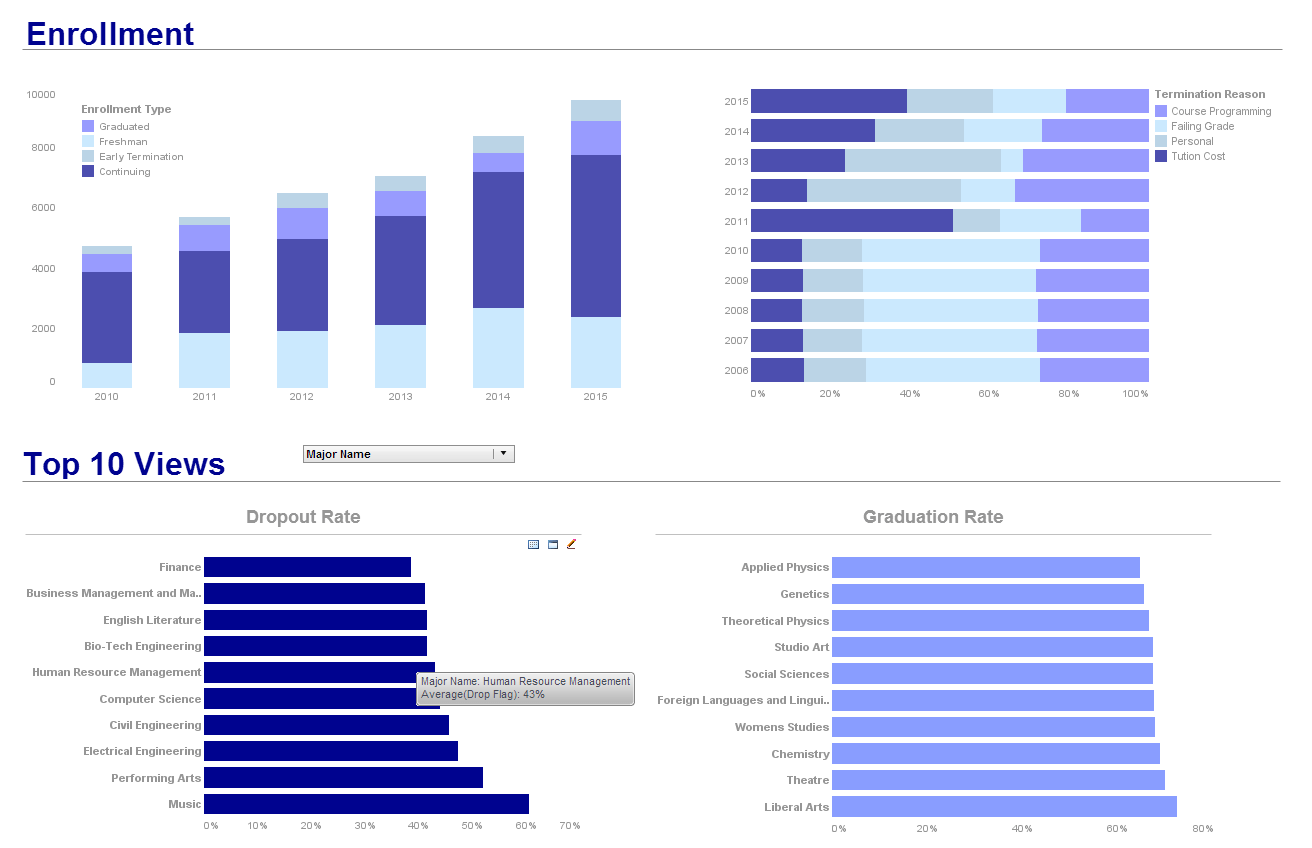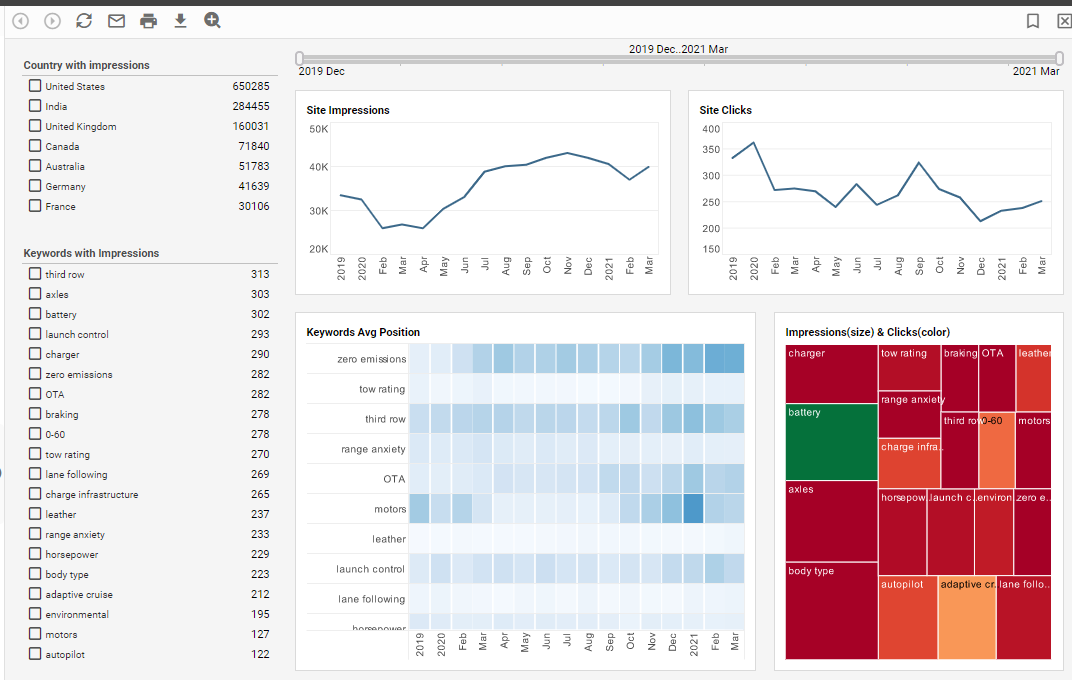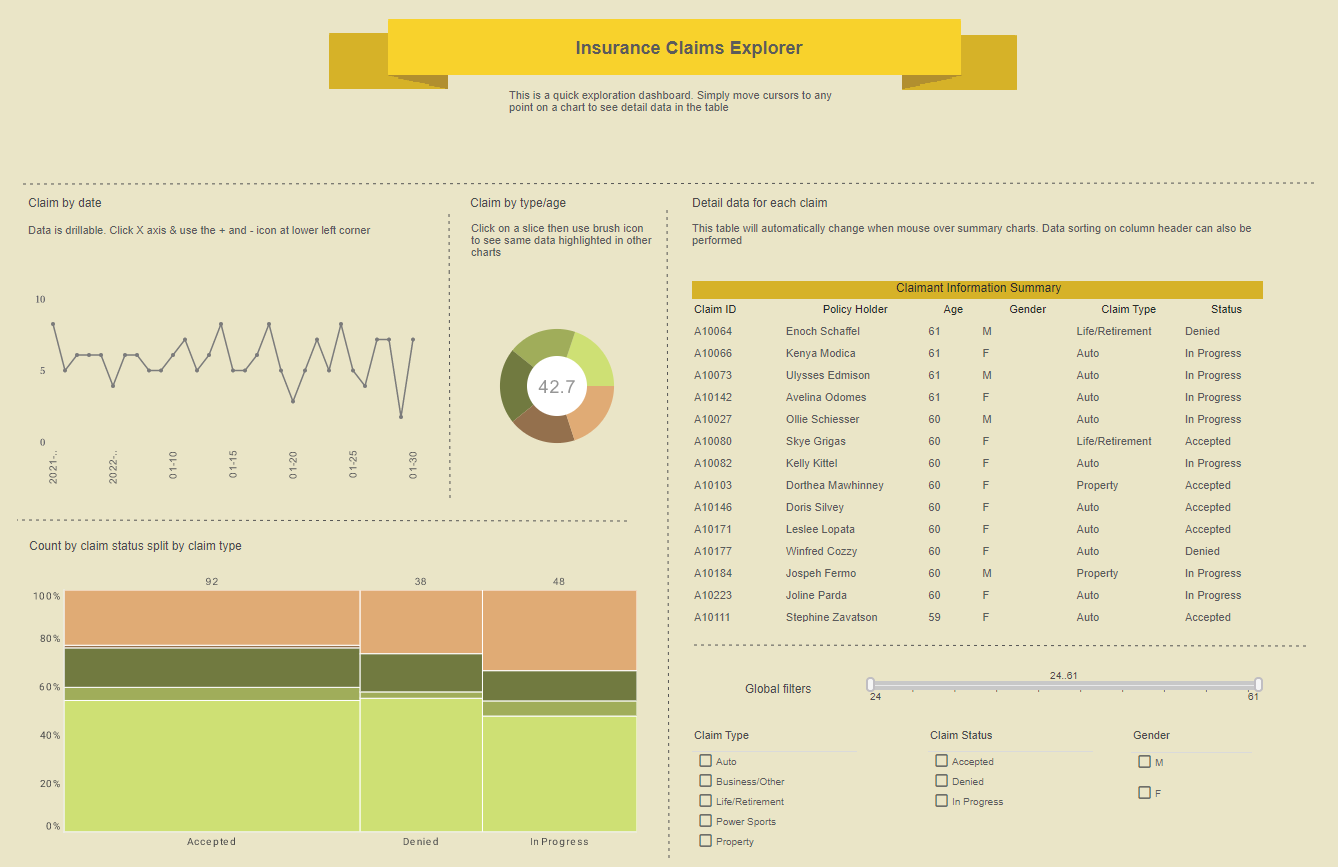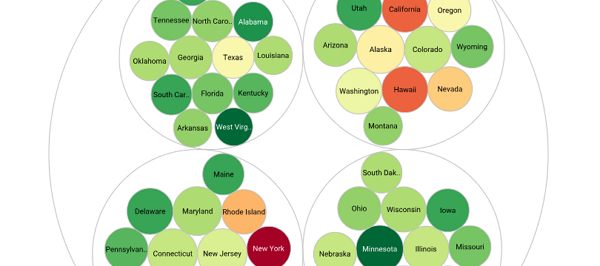Real-time Reporting and Real-time Monitoring
The following is a transcript of a podcast by InetSoft's CMO, Mark Flaherty.
What is real-time reporting?
This is a BI technology that listens to streams of data and the aggregates of it. It enables people to slice and dice real-time information for making up to the minute decisions that are necessary in certain organizations. So you’re analyzing data in motion, effectively, or the data in flight. The analytic engine might pull data out of a data warehouse to create historical context.
What is happening right now in the most current five minutes is set against a metric or threshold that you have in your data warehouse to make a scorecard that tells you is it above or below the norm, so you can judge whether you have to do something about it, instantly. This is for the operational manager who needs to make instant decisions and needs to be informed to be able to do make them.
So you are analyzing the data which previously was only in the data warehouse but now is in motion. Now the results of that analysis can also be saved into the data warehouse for historical purposes and refining future analysis. You want to be able to store the history so that you can analyze that as another data source.
What are the types of industries or functional areas where real-time monitoring is appealing?
The high-volume, data intensive industries like financial services, telecommunications, some e-commerce retail companies care about real-time information. In hospitals you’re seeing real-time monitoring of newborn babies health to know when a baby is going into distress, and be able to respond very quickly to it. In terms of specific departments, line manufacturing and call centers are two areas where real-time analysis is beneficial.
How do companies measure the ROI of a real-time reporting application?
They start off with an objective of making smarter decisions on resource deployment, or investment, for instance. Then once implemented, they measure how decisions being made are contributing the bottom line. I have seen a CFO study that looked at classifying the organizations that implemented such a BI solution vs. ones that did not. Then they looked at the balance sheets and income statements.
They found that those organization that used BI to drive their decision had a 30% higher revenue growth, 12 times more EBITDA, and 32% higher return on capital. So this really shows analytics driven organizations can really outperform their peers.
Case Study: Real-Time Reporting in Assembly Line Operations – General Motors
Before implementing real-time reporting, GM faced several challenges in its assembly line operations:
-
Production Delays: The lack of immediate visibility into assembly line bottlenecks led to delays.
-
Quality Issues: Identifying defects late in the process resulted in increased rework costs.
-
Data Silos: Different departments operated in isolation, making it difficult to track production performance holistically.
-
High Operational Costs: Inefficient processes and unplanned downtime increased manufacturing costs.
-
Compliance and Safety Risks: Ensuring compliance with strict safety and environmental regulations required better monitoring and reporting.
Implementation of Real-Time Reporting
To address these challenges, GM integrated IoT-enabled sensors, AI-driven analytics, and real-time dashboards across its assembly lines. The implementation included:
1. IoT and Sensor-Based Data Collection
-
Sensors were installed at critical points in the assembly line to capture data on machine performance, production speed, and environmental conditions.
-
Real-time tracking of vehicle components ensured proper assembly sequencing.
-
Cameras and machine vision technology detected defects as vehicles moved through the production stages.
2. AI-Driven Analytics and Predictive Maintenance
-
AI-powered analytics processed real-time data to detect anomalies in production.
-
Predictive maintenance algorithms forecasted equipment failures before they occurred, reducing downtime.
3. Real-Time Dashboards for Decision-Making
-
Plant managers accessed real-time dashboards showing production progress, defect rates, and machine health.
-
Alerts were sent to technicians whenever anomalies were detected, allowing for immediate corrective action.
4. Integration with ERP and MES Systems
-
The real-time reporting system was integrated with GM's Manufacturing Execution System (MES) and Enterprise Resource Planning (ERP) platform, ensuring seamless coordination between production and supply chain management.
Results and Impact
The implementation of real-time reporting on the assembly line had a transformative impact on GM's manufacturing operations:
1. Increased Production Efficiency
-
Assembly line bottlenecks were identified and resolved in real time, reducing cycle times by 15%.
-
Optimized workflows allowed GM to produce more vehicles without increasing costs.
2. Improved Quality Control
-
Defect detection at early stages reduced rework costs by 20%.
-
Real-time reporting ensured 99.8% defect-free production for critical components.
3. Reduced Downtime and Maintenance Costs
-
Predictive maintenance reduced unexpected equipment failures by 30%.
-
Planned maintenance schedules improved machine longevity and reliability.
4. Better Decision-Making and Cost Savings
-
Plant managers made informed decisions based on live data rather than relying on historical reports.
-
GM saved an estimated $50 million annually by reducing waste, improving efficiency, and lowering defect rates.
5. Enhanced Compliance and Worker Safety
-
Real-time monitoring ensured compliance with OSHA and environmental regulations.
-
IoT-enabled sensors alerted workers to potential hazards, reducing workplace accidents by 25%.




